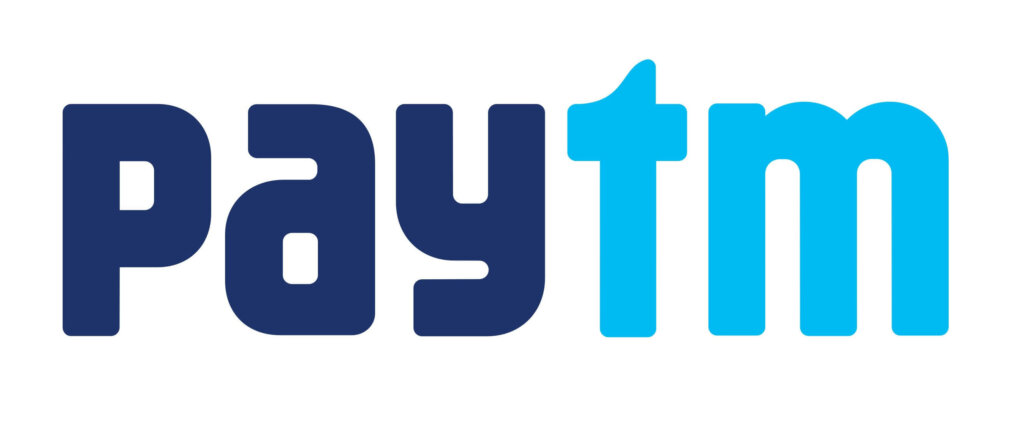Paytm, which stands for “Pay Through Mobile,” is an Indian e-commerce and financial technology company that was founded by Vijay Shekhar Sharma in August 2010. The company’s journey from its inception to becoming one of India’s leading digital payment platforms is a remarkable tale of innovation and perseverance.
Vijay Shekhar Sharma, a young entrepreneur with a passion for technology and mobile services, founded Paytm in Noida, India. The initial idea behind Paytm was to create a platform that allowed users to recharge their mobile phones and pay bills online easily. At that time, the mobile recharge industry in India was fragmented and lacked a user-friendly digital solution.
Paytm started by offering mobile recharges and bill payments, gaining traction among consumers who were looking for a convenient way to manage their mobile services. The company quickly identified the potential of mobile wallets as a way to simplify transactions and reduce the need for carrying physical cash.
Paytm’s breakthrough came in 2014 when it launched its mobile wallet, allowing users to store money digitally and make payments using their smartphones. This move aligned with the Indian government’s push toward a cashless economy and digital financial inclusion.
The company seized the opportunity presented by the rapid growth of smartphone adoption in India. It focused on building a user-friendly app that catered to both urban and rural customers, empowering them to make a wide range of transactions such as bill payments, mobile recharges, ticket bookings, and even online shopping.
One of the defining moments in Paytm’s history came in November 2016 when the Indian government announced the demonetization of high-denomination currency notes. This move led to a surge in demand for digital payment solutions, and Paytm emerged as a primary choice for millions of Indians seeking an alternative to cash.
Capitalizing on its growing user base and the increasing adoption of digital payments, Paytm expanded its services beyond mobile recharges and bill payments. It ventured into various sectors, including e-commerce, travel booking, entertainment ticketing, and financial services.
Paytm introduced features like Paytm Mall (its e-commerce platform), movie ticket bookings, flight and train bookings, and insurance products. The company also launched its own payments bank, Paytm Payments Bank, which offered savings accounts and other financial services to users.
Paytm attracted significant investments from various sources, including venture capital firms and global technology giants. These investments helped fuel the company’s growth and innovation.
The company forged partnerships with businesses across different industries, expanding its reach and enabling users to make seamless transactions across a wide range of services.
Paytm evolved from being a digital wallet provider to positioning itself as a “super app.” This transition involved integrating various services and offerings, making Paytm a comprehensive platform for users to manage their financial and everyday needs.
As of my knowledge cutoff date in September 2021, Paytm continues to be a major player in India’s digital payments and fintech landscape. The company’s journey reflects its commitment to innovation, customer-centricity, and adapting to the changing needs of Indian consumers in the digital age. It remains a key player in India’s digital revolution and a symbol of the country’s growing fintech ecosystem.
bhalakatha
prayas
mind plugin
#bhalakatha #prayas #MindPlugin





